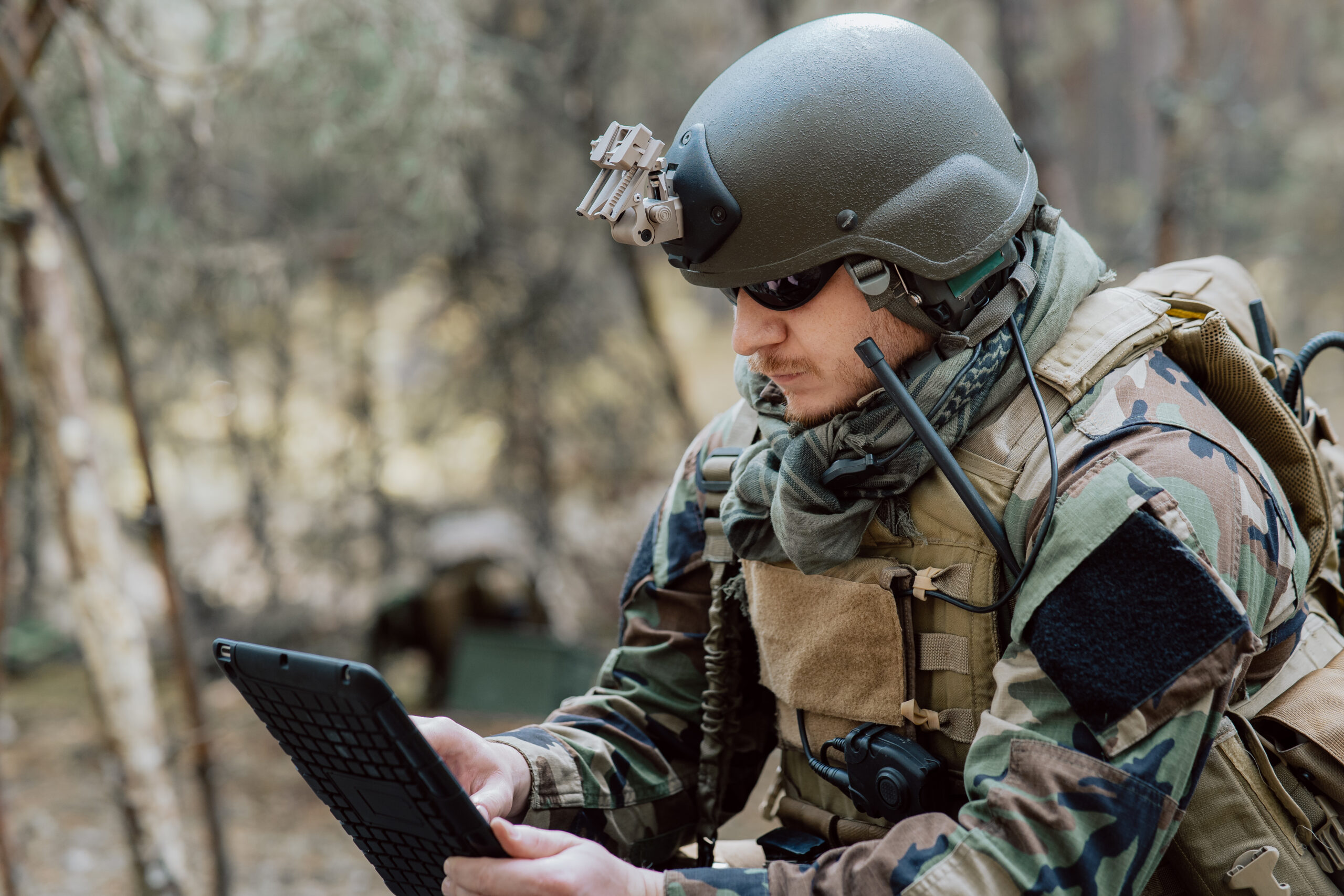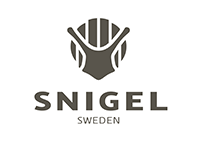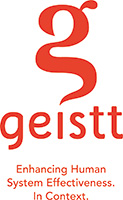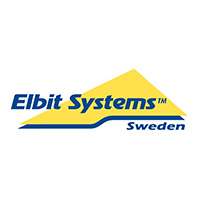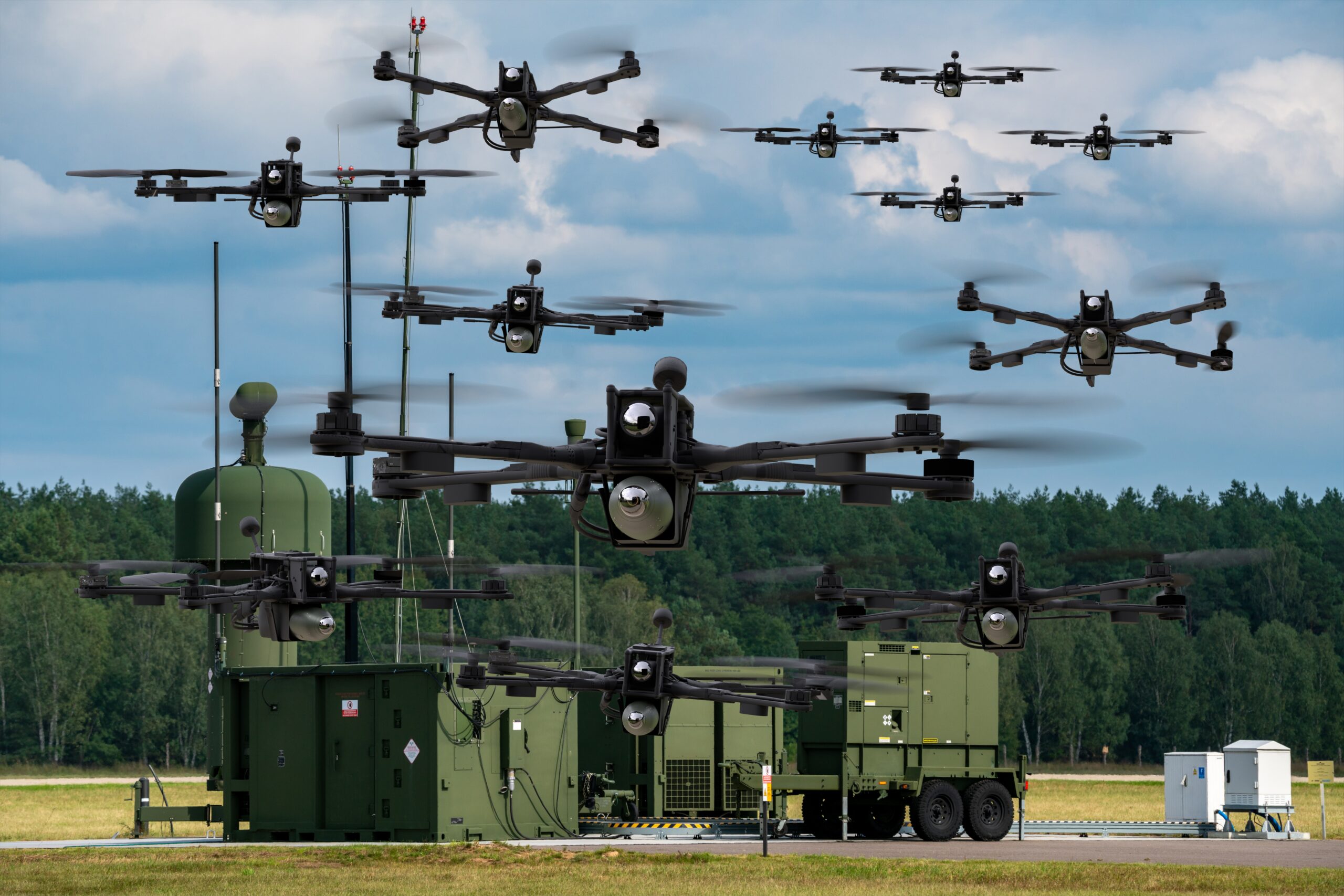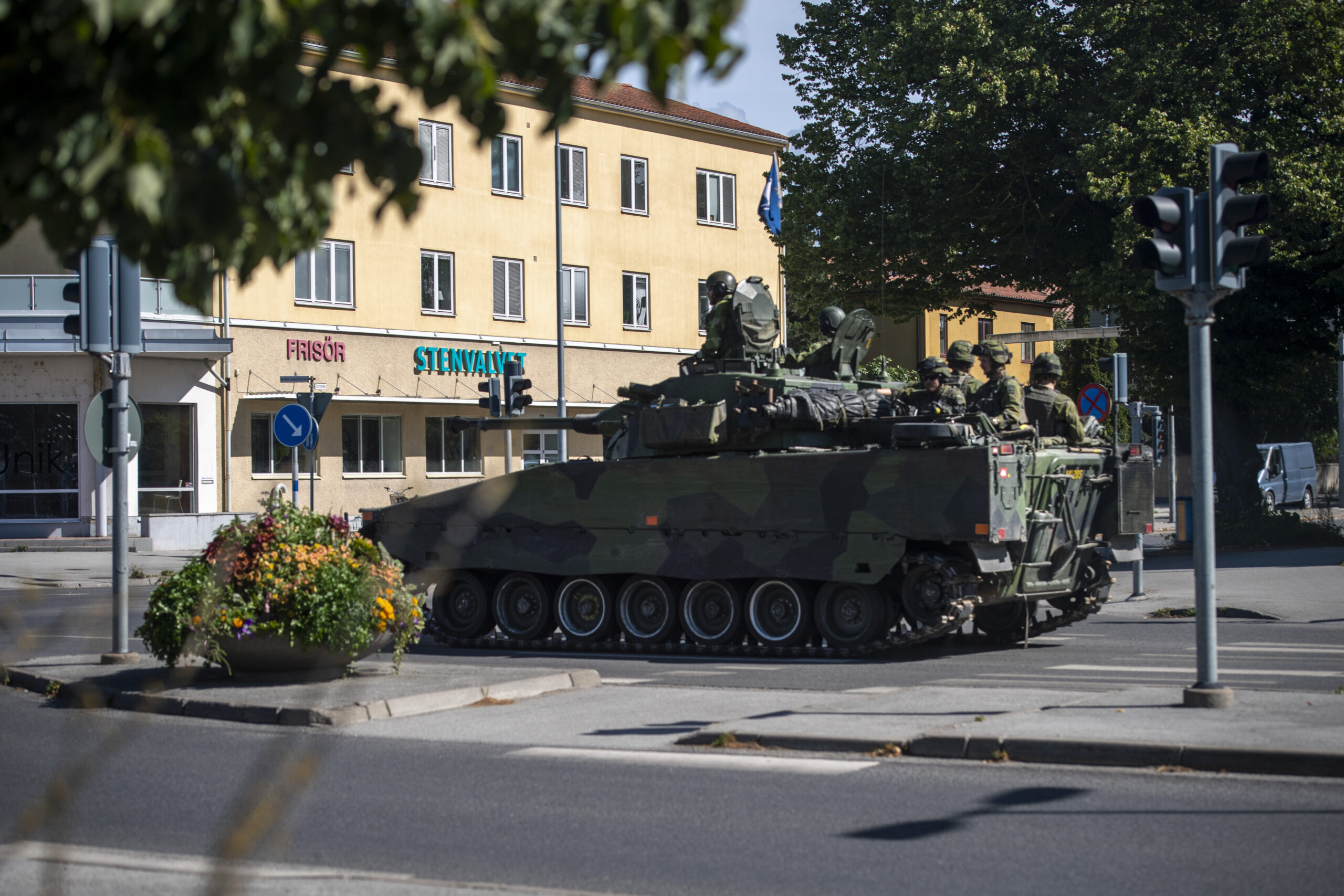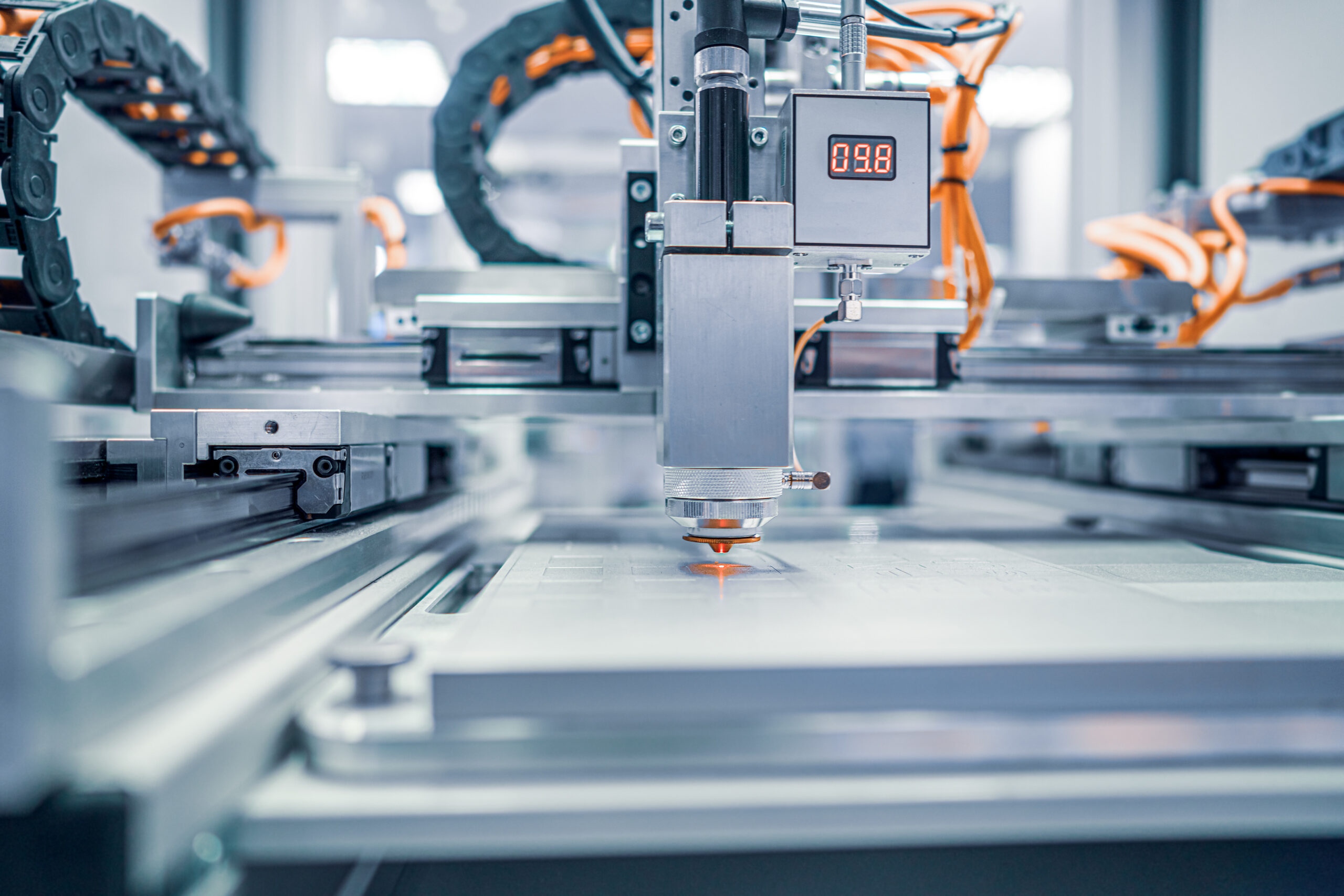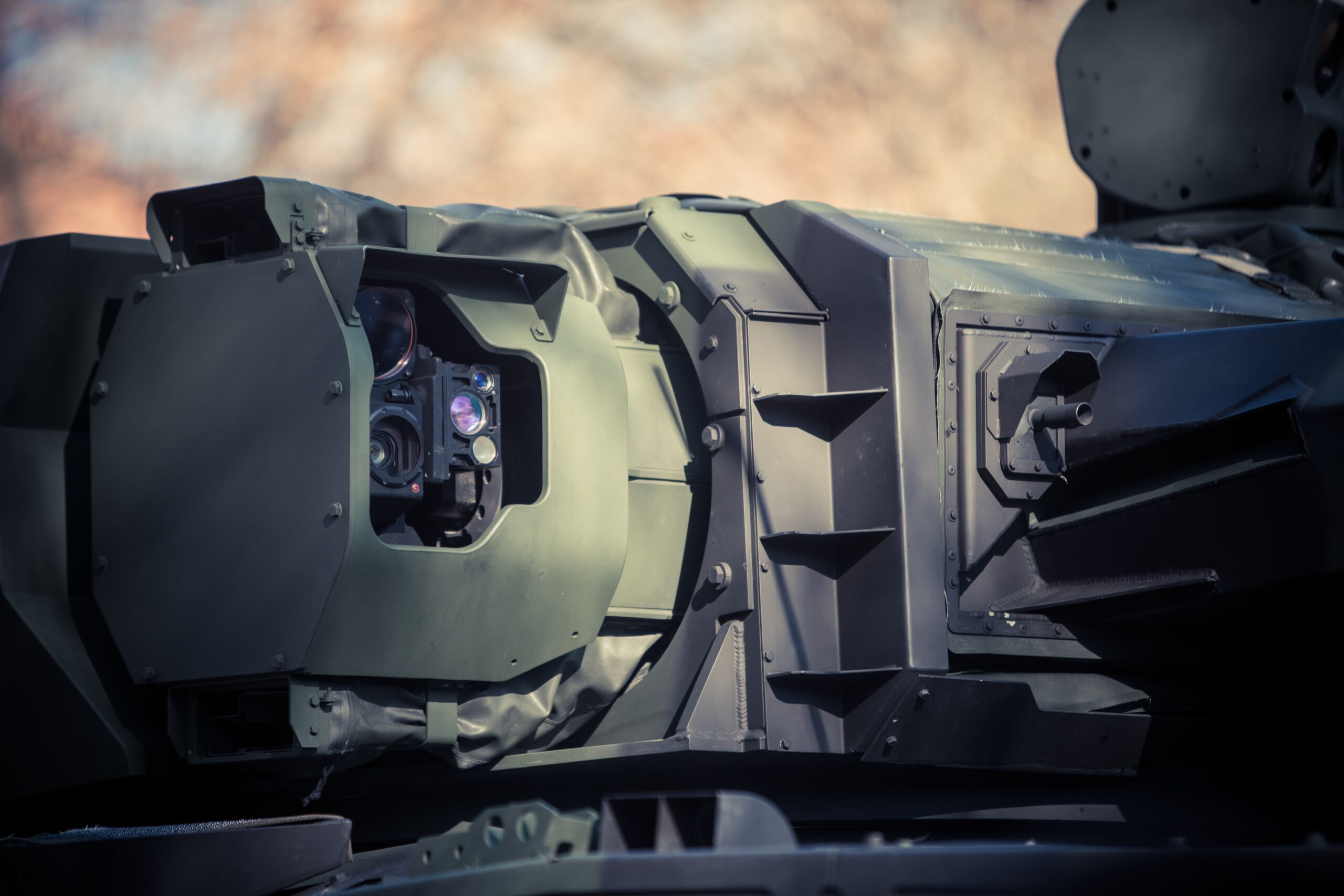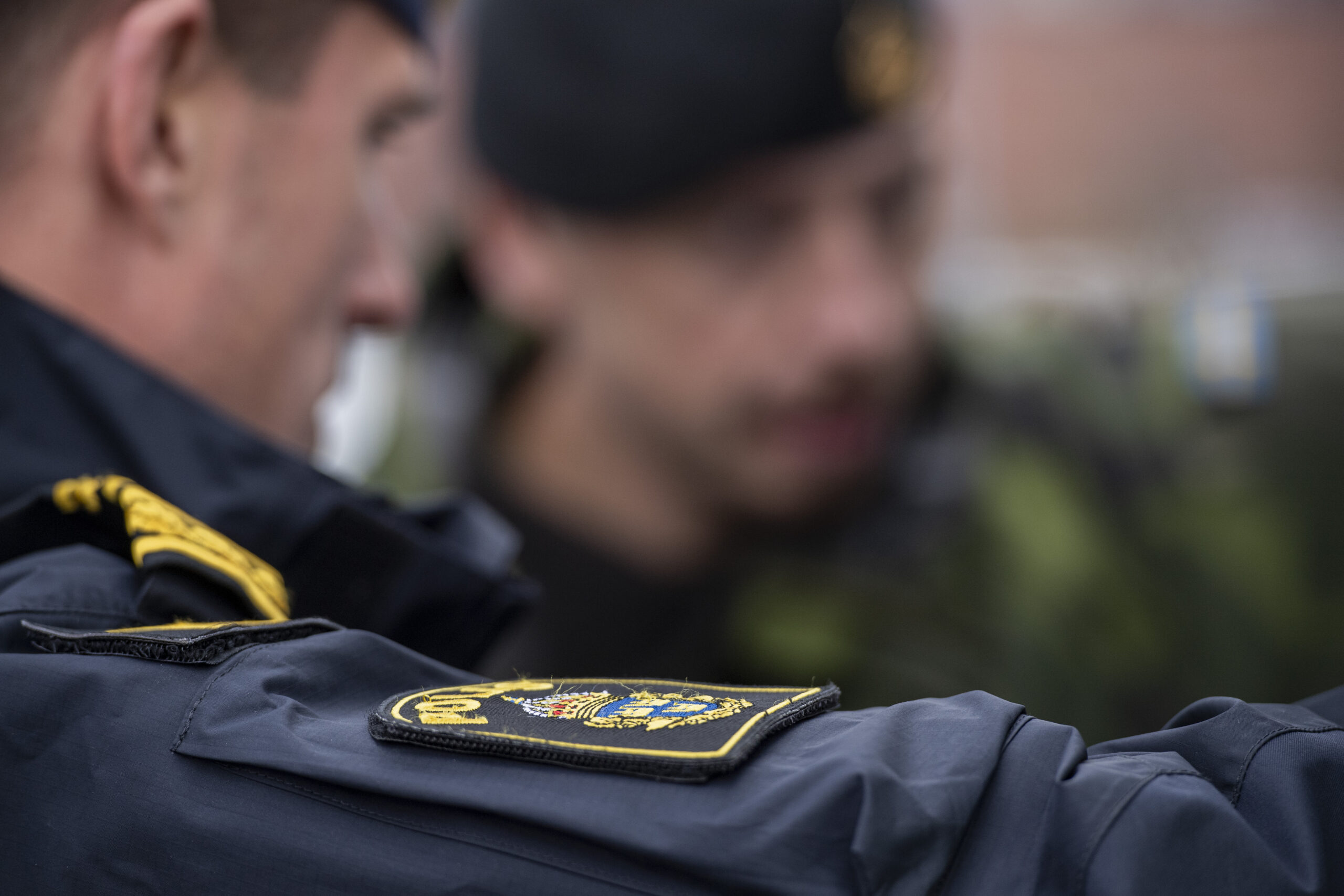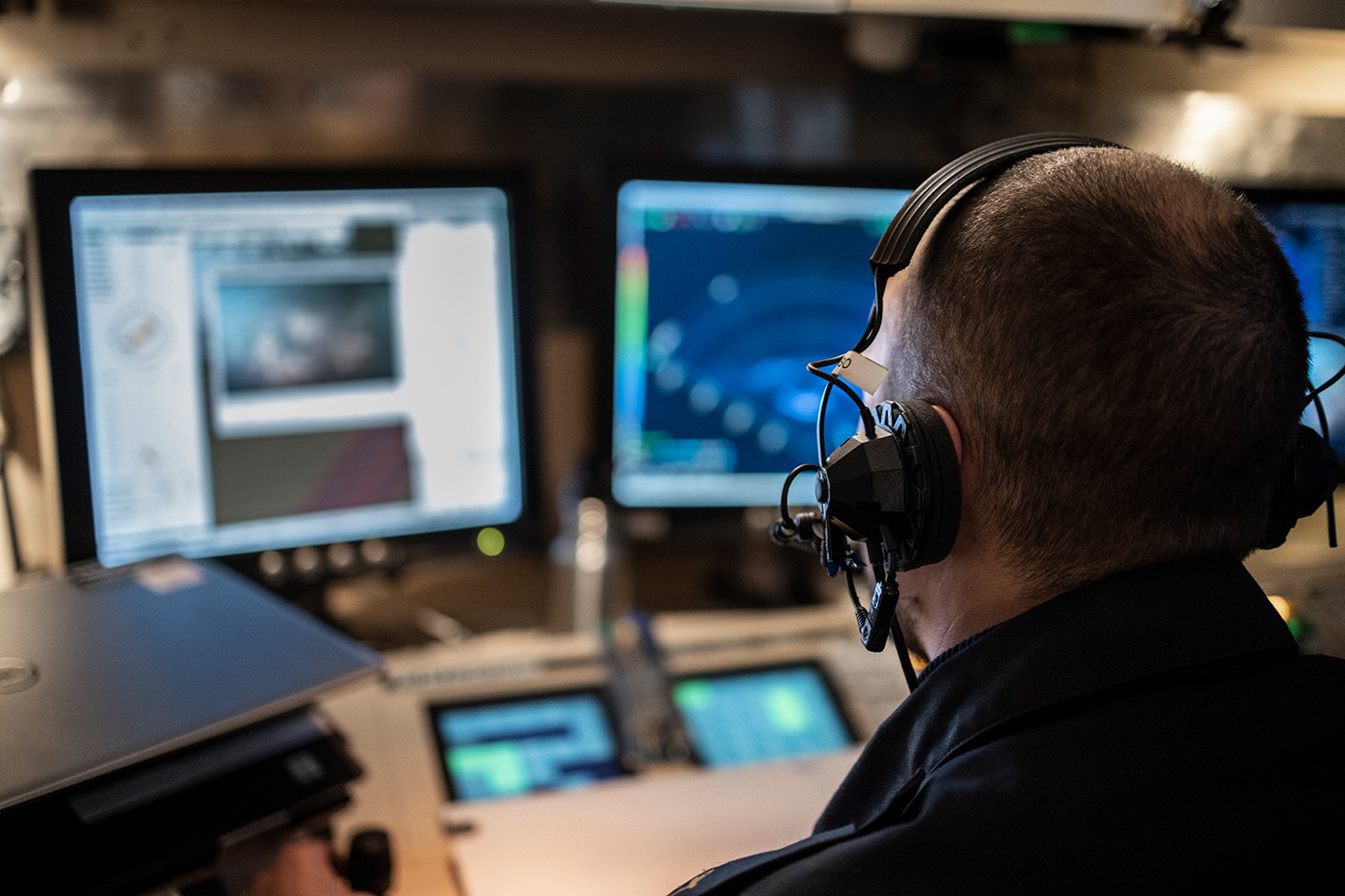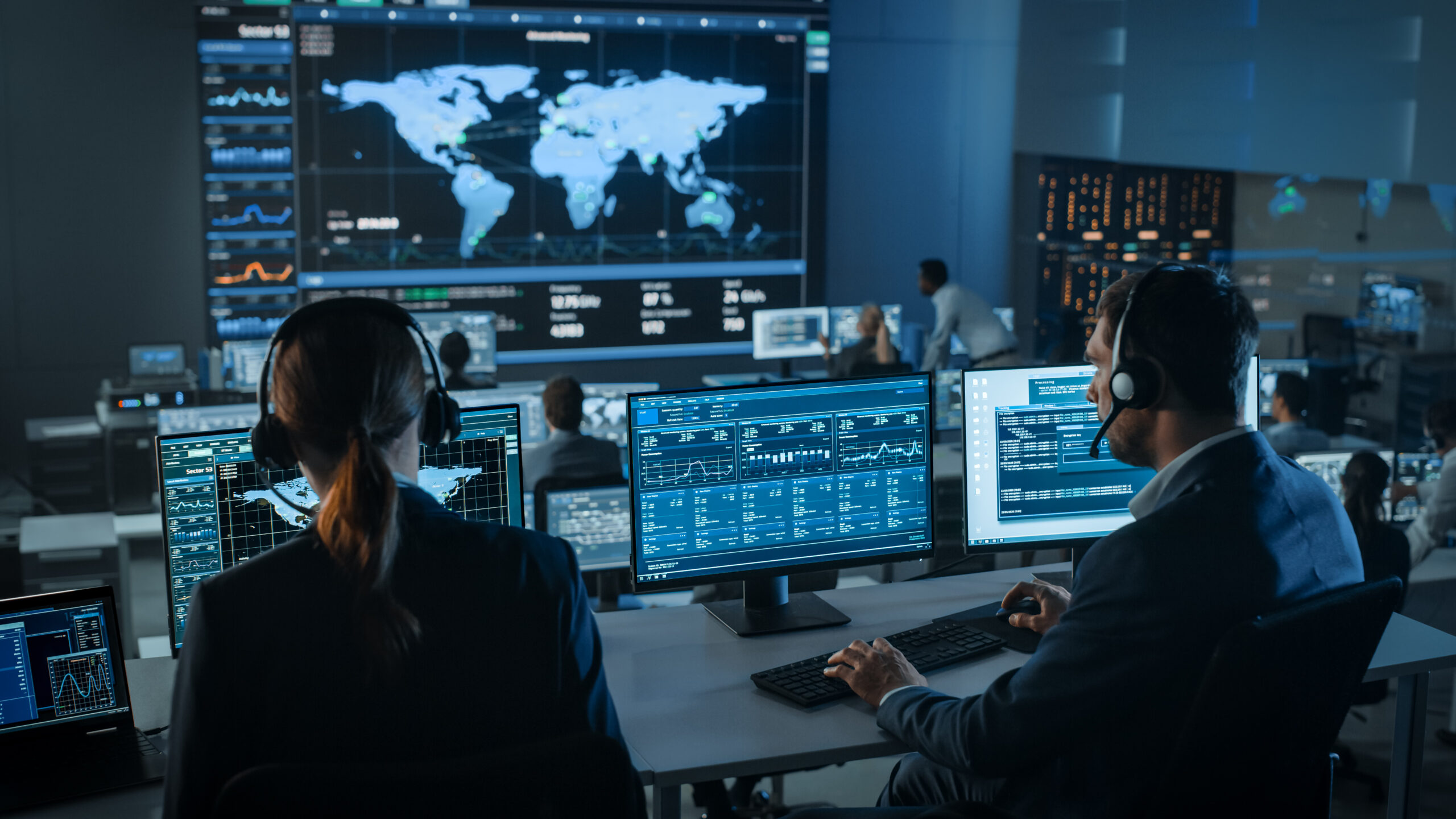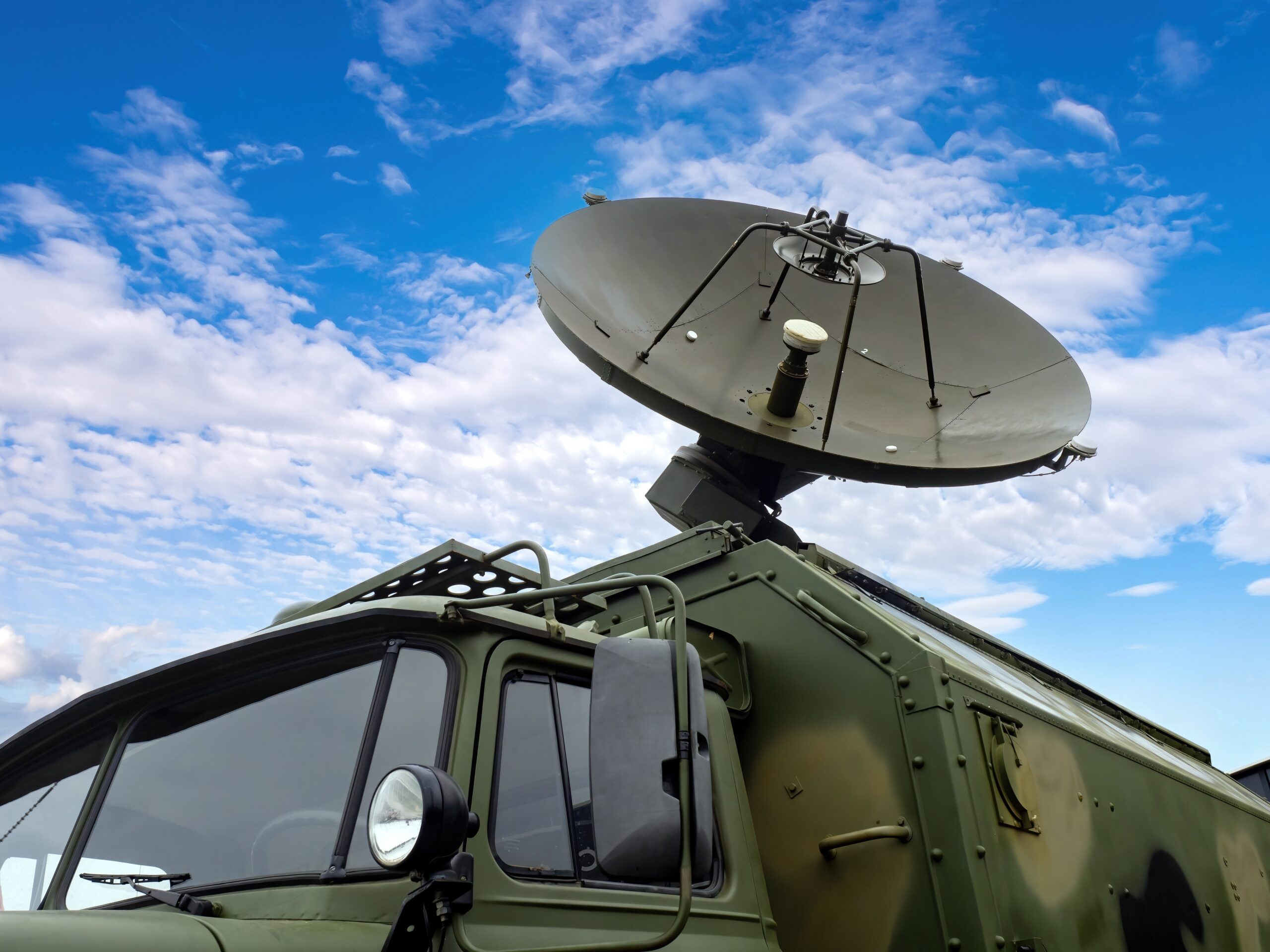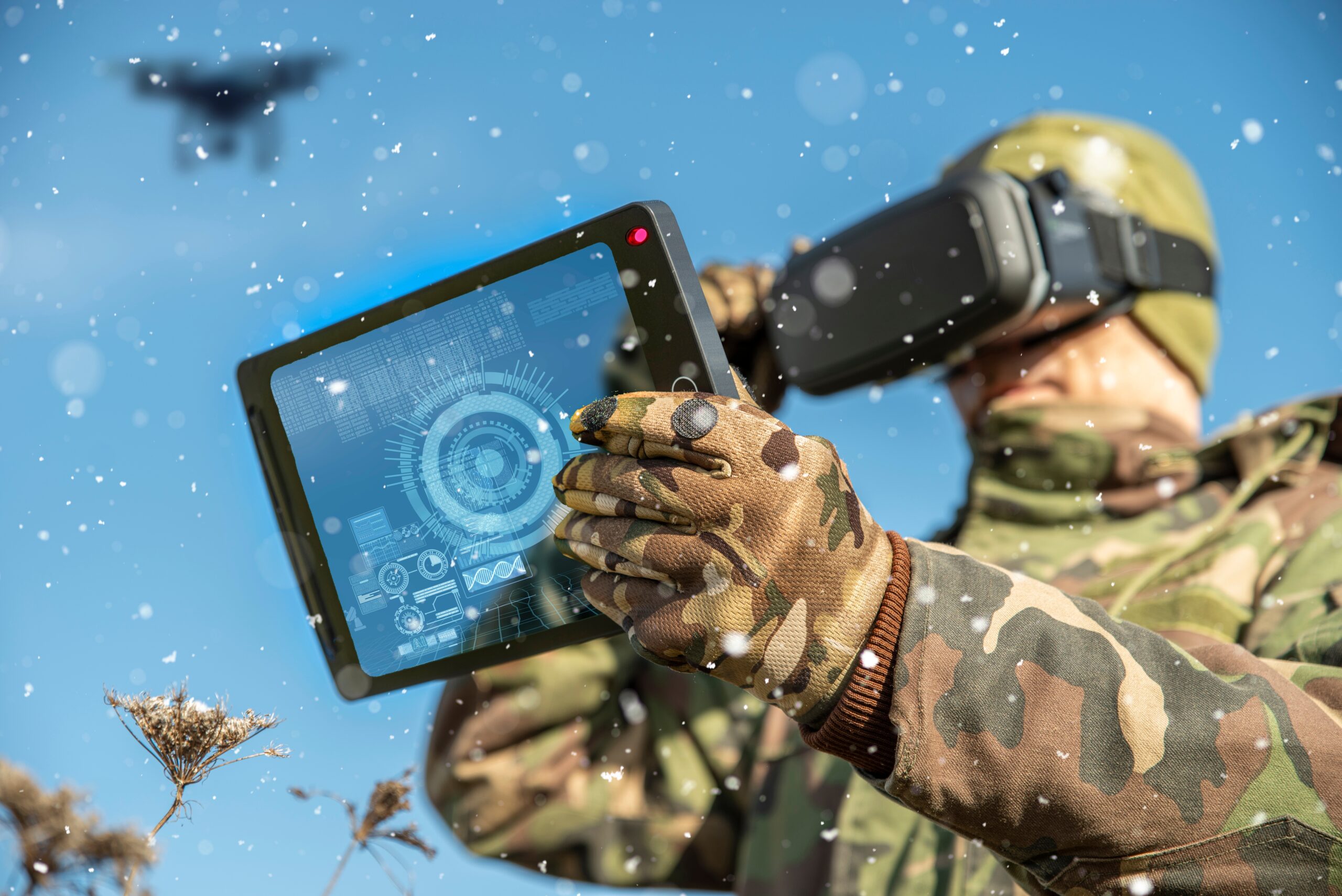Tech-infused soldiers and operators
Connected soldiers are equipped with a network of interconnected devices, ranging from smart helmets and augmented reality (AR) glasses to advanced communication systems and biometric sensors. This connectivity allows for real-time data exchange between soldiers, commanders, and various military platforms. As a result, the way soldiers carry and deploy equipment is evolving, with a focus on reducing weight, enhancing mobility, and maximizing efficiency.
One significant aspect of this transformation is the effect on stealth and detection. The integration of sophisticated sensors and communication technologies enables soldiers to operate with increased situational awareness while minimizing their own detectability. Stealthier movements, coupled with advanced camouflage and sensor-jamming capabilities, make it more challenging for adversaries to identify and target connected soldiers.
Furthermore, the enhanced connectivity contributes to a significant boost in soldiers’ capabilities. Augmented reality displays provide crucial information directly into the soldier’s field of view, such as maps, mission objectives, and enemy positions. This not only streamlines decision-making but also empowers soldiers to respond rapidly to changing scenarios. Additionally, connected soldiers can coordinate seamlessly with each other and with command centers, fostering improved teamwork and strategic execution.
WHAT IS THIS TECHNOLOGY AREA ALL ABOUT?
- Integration of cutting-edge technologies into soldiers’ equipment and gear.
- Creating a network of interconnected devices for real-time data exchange.
- Enhancing situational awareness, communication, and decision-making on the battlefield.
- Focus on reducing weight, enhancing mobility, and maximizing operational efficiency.
- Incorporating advanced sensors, communication systems, and augmented reality displays.
HOW COULD THIS TECHNOLOGY BE APPLIED?
- Development of smart helmets with augmented reality (AR) capabilities.
- Use of biometric sensors for health monitoring and performance optimization.
- Integration of advanced communication systems for seamless coordination.
- Utilization of sensor-jamming capabilities and stealth technologies.
- Implementation of real-time data exchange to improve decision-making and response times.
HOW COULD THIS TECHNOLOGY BE APPLIED TO THE DEFENSE SECTOR?
First responders and law enforcement agencies also benefit from the technologt, for example;
- Wearable devices for officers with real-time communication capabilities.
- Wearable devices with health monitoring capabilities for emergency personnel.
- Integration of body cameras with live-streaming and data-sharing features.
- Augmented reality displays for critical information during operations.
- Use of augmented reality for enhanced situational awareness during crises.
- Use of advanced sensors to enhance officer safety and awareness.
- Adoption of connected technologies for disaster response and coordination.
- Real-time communication systems for improved coordination in emergencies.
- Read more about our member companies within wearable devices here.

